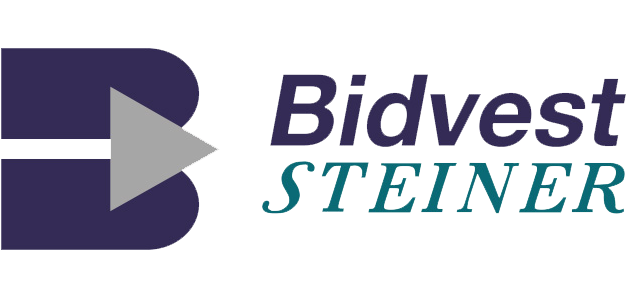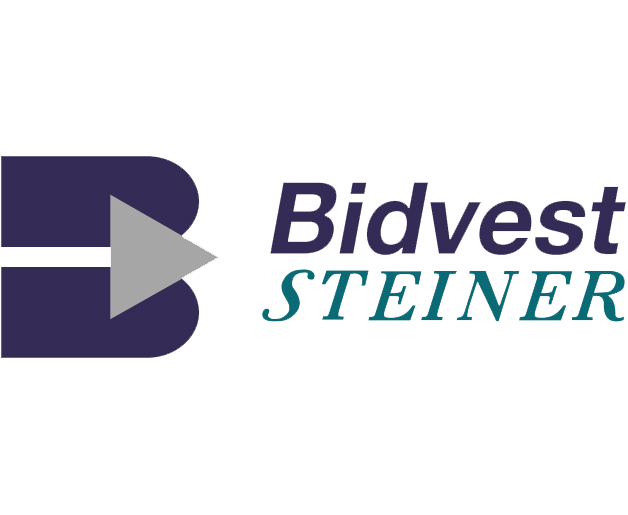Blog
Exploring the World of Toilet Paper
Introduction
Paper products come in various types, influenced by materials, ply, and, most importantly, their advantages. Let’s dive into these factors along with the manufacturing process.
Understanding Paper Product Materials
Diverse materials shape paper products, each offering unique traits. Consider the following:
-
Virgin Pulp:
- Crafted from fresh trees, whether soft or hardwood. Ensuring that the toilet paper we use is crafted from sustainably sourced virgin fibers is crucial to prevent unnecessary tree depletion.
- Notably, it boasts a luxurious feel due to its softness and impressive absorbency. It also has a whiter colour
-
Recycled Paper:
- Derived from post-consumer or post-industrial paper waste.
- What sets it apart is its eco-friendliness and wallet-friendly nature.
-
Mixed fibres
-
- Consider using mixed-fiber toilet paper to reduce environmental impact, as it often incorporates both virgin and recycled fibers, promoting sustainability while maintaining product quality.
The Role of Ply in Paper Products
Ply, referring to the number of layers within a paper product, plays a pivotal role. Let’s explore this further:
- Single Ply:
- Characterized by a single paper layer, it is known for being cost-effective.
- Importantly, it earns eco-friendly points for being septic-safe and budget-friendly.
- Double Ply:
- Comprising two layers of paper, it elevates thickness and absorbency.
- This choice skillfully balances comfort and affordability, reducing the quantity required per use.
- Triple Ply:
- With three layers, triple-ply paper products redefine comfort.
- Unquestionably, they provide an exceptionally soft and robust experience.
The Manufacturing Process
The journey from raw materials to the final product involves several key steps:
- Pulping: At the outset, wood or recycled paper undergoes transformation into fibers.
- Pressing: Subsequently, these fibers are skillfully converted into sheets and then dried to reduce moisture content.
- Embossing: Some paper product brands opt for embossing, adding an extra layer of softness and texture.
- Cutting: Finally, the sheets are expertly cut into rolls of varying sizes.
Benefits of Different Options
Now, let’s focus on the distinguishing advantages of various paper product choices:
- Virgin Pulp: It offers a luxurious, soft, and highly absorbent experience.
- Recycled Paper: Known for being environmentally responsible and budget friendly.
- Single Ply: Highly economical, septic-safe, and an affordable choice.
- Double Ply: Strikes an impressive balance between comfort and affordability.
- Triple Ply: Embodies the ultimate in softness and strength for a premium experience.
Conclusion
In conclusion, the selection of paper products should be based on materials, ply, and personal preferences to ensure a comfortable, sustainable experience.


